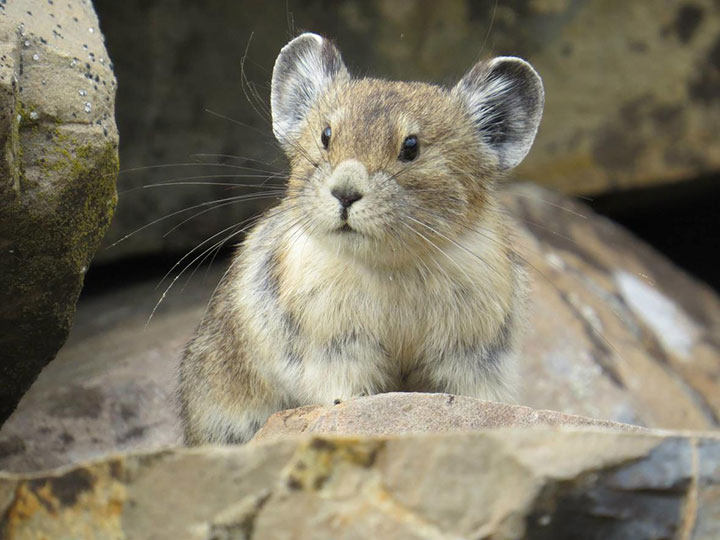For the second time in six years, the U.S. has denied protection to the pika, a species that was recently listed as being threatened due to climate change.

READ MORE: Warming climate causing extensive greening in Canada, Alaska
The pika, though it looks quite mouse-like, is a lagomorph, in the same family of rabbits and hares. They’re found throughout North America and Asia. In the U.S., the cute little critters can be found in the mountain ranges of the West, living along rocky slopes known as talus. In Canada, two of the known 29 pika species can be found in the Rockies in Alberta and British Columbia.
In August, a study by the U.S. Geological Survey (USGS), found that the little herbivores are threatened due to climate change. What’s more, pikas were identified as an “indicator species” which scientists use to monitor changes in the biological conditions in an ecosystem.
However, just weeks after the USGS survey report, the U.S. Fish and Wildlife Service (FWS) rejected a petition to protect the pika under the Endangered Species Act.

Actually, this is the second time the FWS has decided that the pika isn’t in need of saving. The first time was in 2010. This time, the FWS turned down the petition citing not enough scientific evidence or new details on the species.
But it’s clear to researchers that the pika is experiencing declines due to climate change.
The researchers found that in three of the mountain ranges, there was a marked reduction of pikas, particularly in the Great Basin, southern Utah and northeastern California. In one area there was a 44 per cent loss of pikas. It’s believed that both temperature and precipitation are factors in the declines, with temperature playing more of a role.
The pika is extremely sensitive to temperature: they are adapted for cold temperatures and can die if in an environment where the mercury climbs to just 25.5 C for even a few hours.
It’s the warming temperatures in the regions they studied that are contributing to the pika’s demise.
“It is certainly clear that changes we have observed in pika distribution are primarily governed by climate, given that nearly all of our climate-related predictions have been borne out,” said Erik Beever, USGS research ecologist, and lead author of the study. “However, we are still refining our understanding of the exact combination of direct and indirect pathways by which climate is bringing about change.”
READ MORE: Abrupt climate change may be bigger threat than larger glacial-pace global warming
Shaye Wolf, climate science director for the Center for Biological Diversity told Scientific American that, armed with the new findings from the USGS, it may be time for a third petition.
—H/T to Scientific American


Comments